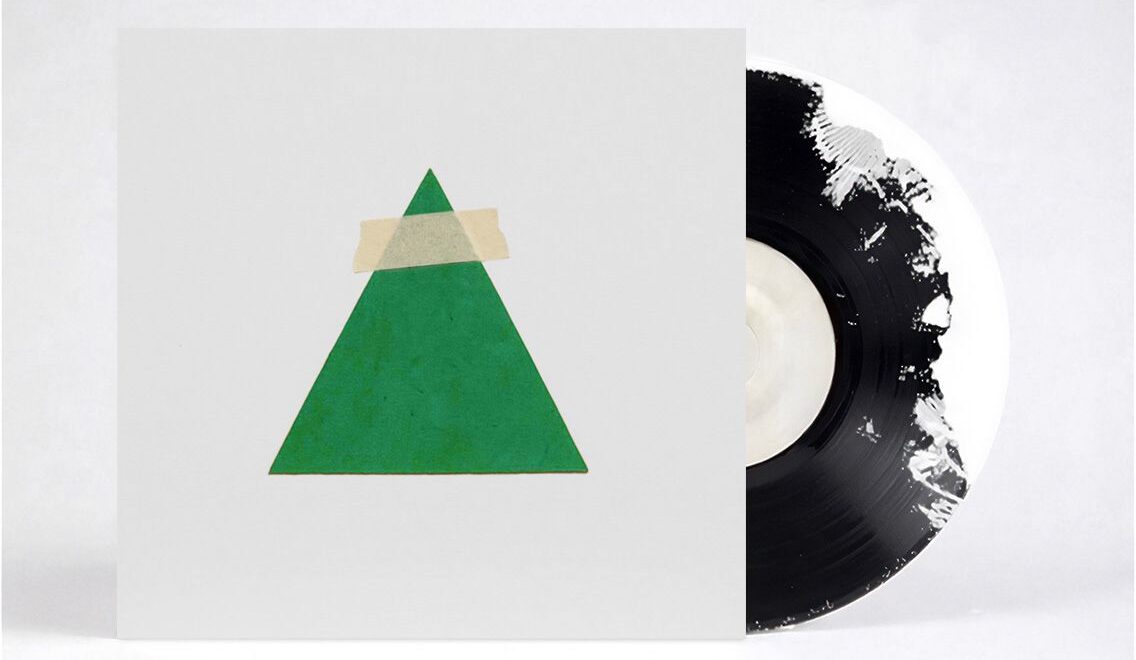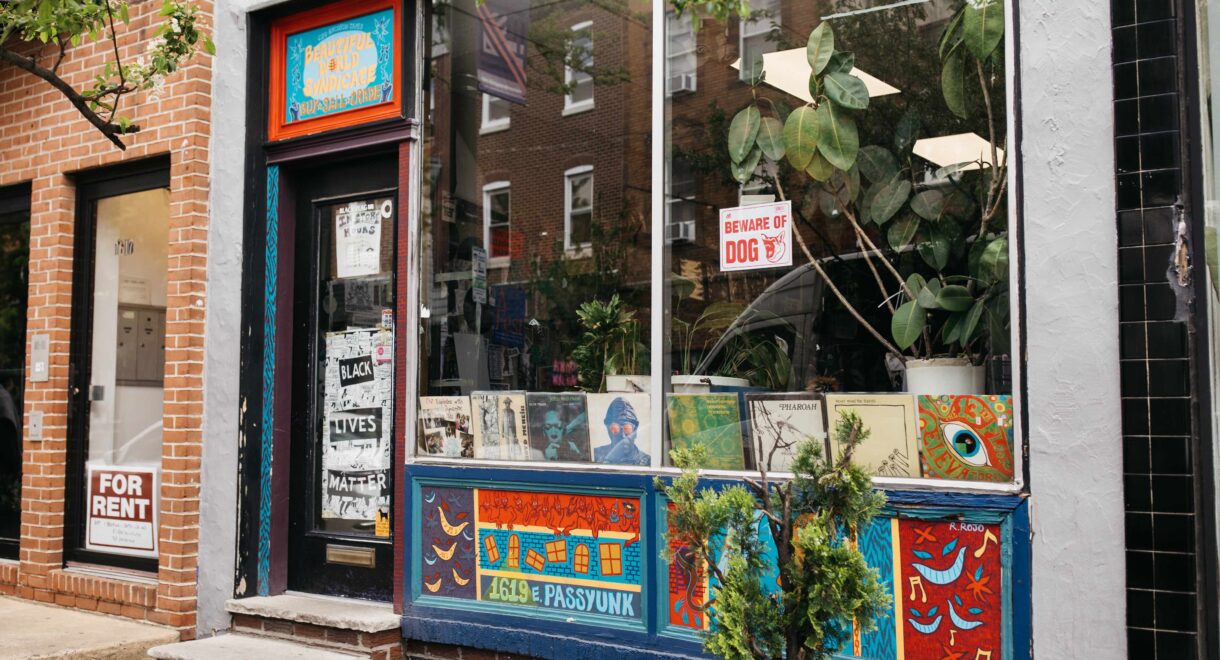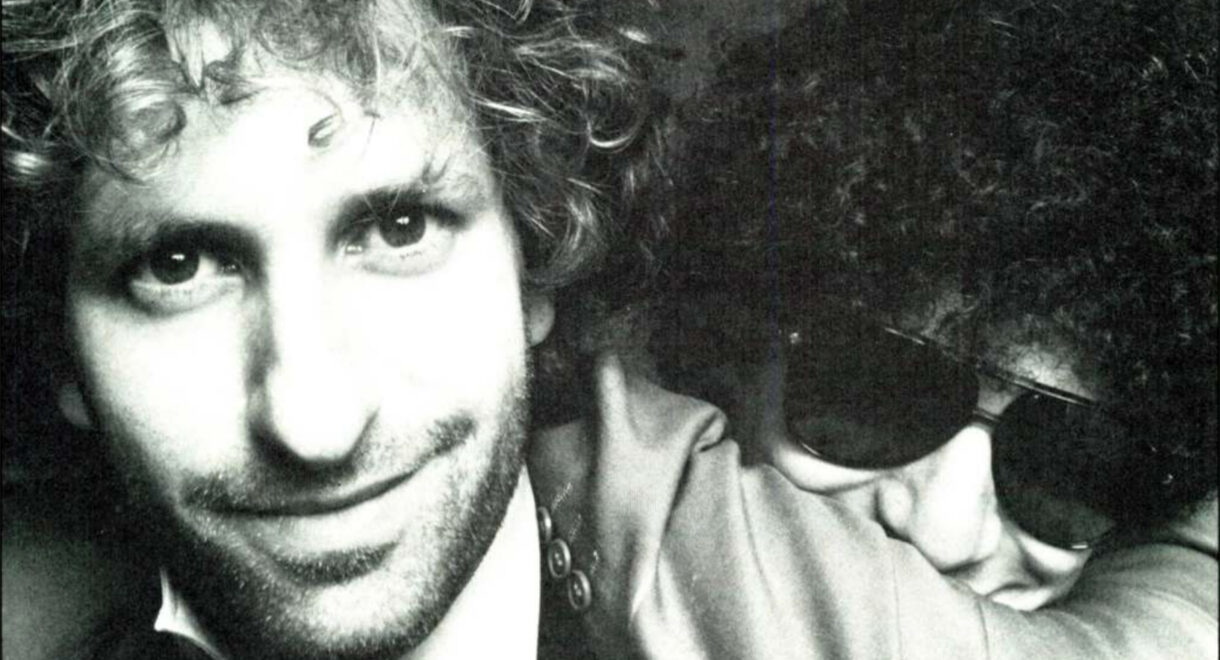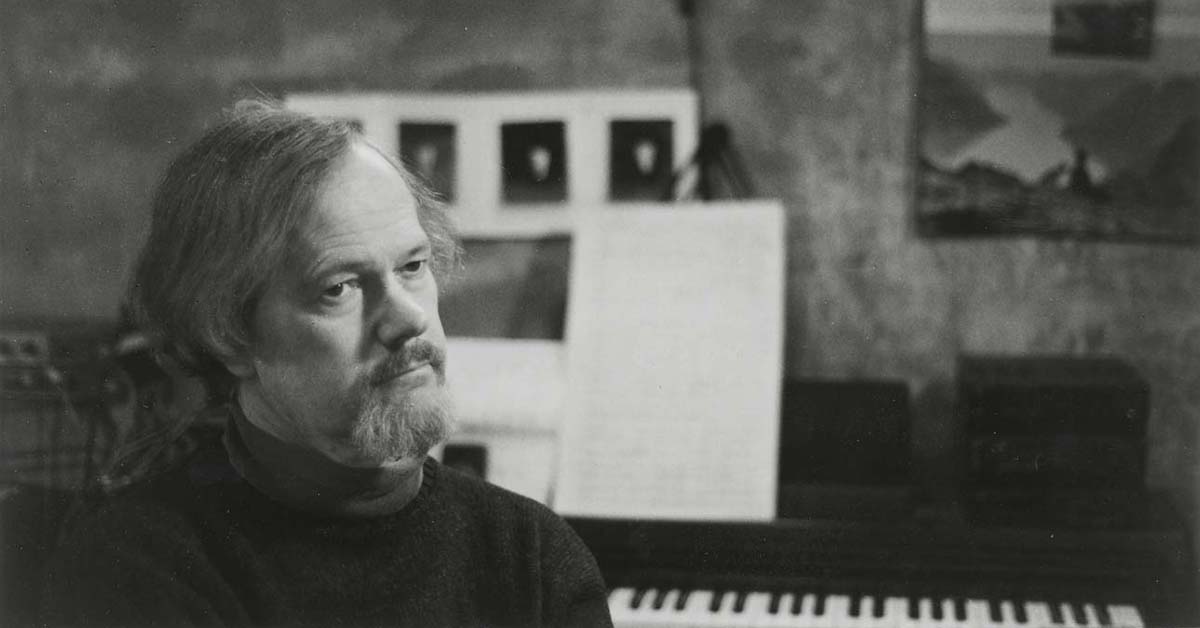Merry cosxmes to all those who celebrate! It’s that time of year again… That’s right — another cosxmes mix has been uploaded! In certain circles, “cosxmes” is the […]
In Conversation: 10 Years of Talk from Home with Suzanne Kraft

Diego Herrera aka Suzanne Kraft looks back on 10 years of his seminal album Talk from Home.
Truly one of our favorite and most played albums of the last decade, Diego Herrera aka Suzanne Kraft’s Talk from Home guided us into a world of quieter, delicate listening with its minimalistic melodies and subtle melancholy. Released in 2015 on Jonny Nash’s Melody As Truth, the album in many ways anticipated the recent ambient music boom and remains a timeless standout from the loosely connected scene of independent artists and producers from labels like Music from Memory, Rush Hour, Mood Hut, ESP Institute, and Future Times.
Looking back, Talk from Home was something of a surprise hit that year, earning a spot on Resident Advisor’s Top 20 albums alongside releases from Björk, Floating Points, Oneohtrix Point Never, as well as contemporaries Gaussian Curve (Gigi Masin, Jonny Nash, Young Marco). Since then, the album has seemed to take on a life of its own, soundtracking moments of mellow euphoria and quiet heartbreak around the world.
In celebration of the 10-year anniversary, Melody As Truth will be releasing an expanded edition of the album along with an “anniversary bundle” made in collaboration with London’s cult vintage store Unified Goods. Herrera will also be be performing the album live in its entirety for the first time ever at a few select shows in Philadelphia, Los Angeles, and Portland. In Sheep’s Clothing is honored to be joining the lineup for the September 26th show at Zebulon. Tickets are available here.
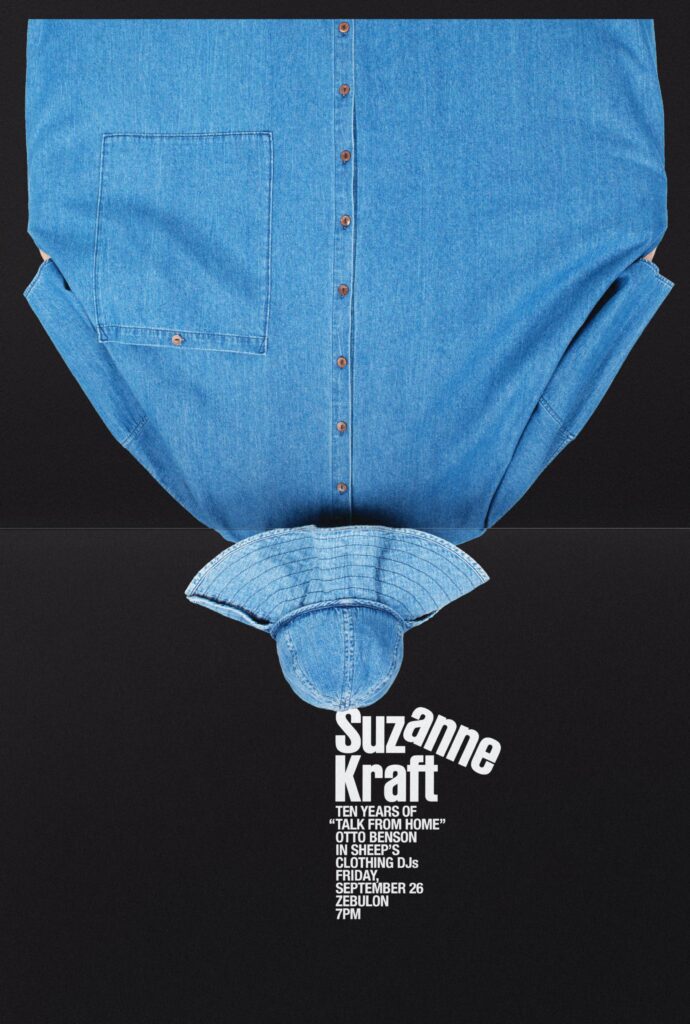
In Sheep’s Clothing’s Phil Cho spoke with Herrera recently to get some insight into the recording of this iconic album, musical inspirations, moving from Los Angeles to Amsterdam, and the upcoming live performances.
Hey Diego, how's it going? You just got back to LA?
D: I’m good! Yeah, I’ve just wrapped up an incredible 18 months of touring as part of Jessica Pratt’s band. That ended two days ago, and now I’m focused on the upcoming Talk From Home shows.
Talk from Home was recorded in the winter of 2014... From what I understand, this was something of a transitionary period for you. Can you talk about that time and what was going on?
D: I was going through a breakup, and was literally between houses. It was around Christmas time, so a lot of my non-local friends were gone. My friend Ale was also out of town for a month, so I was house sitting for him. He had a studio there, Café Ale, which I had free access to. I was basically alone for all of December into January, and in that time, made the material that would become Talk from Home.
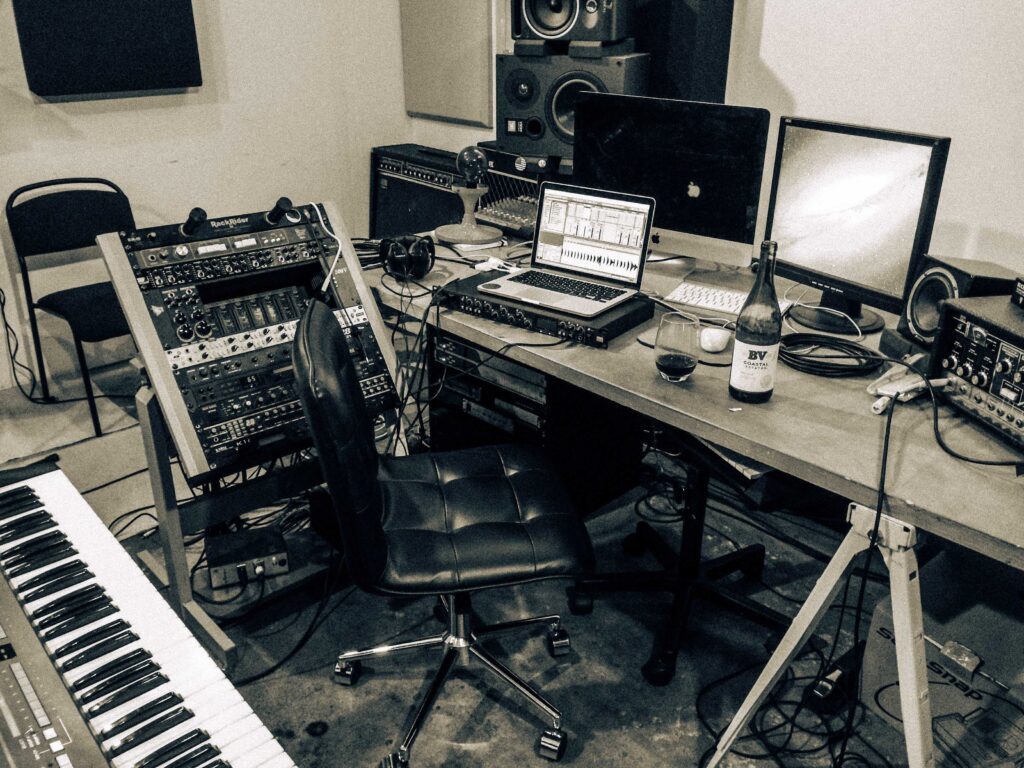
“It’s a lot less polished than I remembered it, but that’s one of those sensibilities that I would say has been consistent with a lot of my music… I’m more interested in keeping things irregular.”
For those that don’t know, who is Ale and what part does he play in the Suzanne Kraft story? He seems to be something of a mentor to you.
D: Ale was the first person I met at dublab. When I was a teenager in high school, I wrote to dublab as a fan wanting to get involved somehow. Ale got back right away and was like, “Why don’t you come in and we can talk?” He’s literally the first person I met there. I helped out for a while, and ended up working alongside him for years.
Ale was always a very gracious, generous person, and I felt like he took a particular liking to me. He was constantly giving me CDs or sowing musical seeds that would grow later on. Countless times I can remember hearing a band, most likely from the ‘80s in the UK, and realized that Ale had been pushing them on me 15 years ago or something. He’s very much a musical mentor, or more like a big brother, I would say.
Could you share a few tracks from some of the artists that he’s shown you over the years?
Prior to Talk from Home, you had mostly been releasing dance records (aside from the 2010 experimental / drone album Missum). Was there a conscious effort to compose music not intended for dancefloors, or was that something that developed organically?
D: I guess more of the latter. Ale’s studio was filled with all of these legacy synths. I always work by messing around until I strike a palette or some ideas that sound good together. Basically, if I can make two things in a day that sound similar, I’ll be like, “Oh, that might be something,” and that will usually springboard into other ideas. I’ve always struggled with this idea of, “what are you consciously trying to do when you sit down in the studio?” Anytime I do that, it doesn’t work. Anytime I try to make something a certain way, I just end up frustrated. Looking back, I guess I just struck upon something… I mean, the record was definitely informed by a lot of stuff I was listening to at the time.
That was my next question actually. What were you listening to at that time?
Looking at your discography, Talk from Home can be viewed as a key transitional album. It’s definitely more melodic than any of your previous works. Do you feel like your musical headspace was shifting during this time?
D: There may have been the influence of having someone like Jonny Nash encouraging me, but I don’t think my headspace was any different making Talk from Home than a dance record, or anything like that. I came to all this through not having a band to play in, and having to record myself. Everything has just been an additive process, whether it’s chill stuff, dance tracks, or even more experimental music. All of it is just me trying to figure out how to record music. On Talk from Home, I had access to all these synths. I’d loop a part, play something on top of that, and think, “What else will sound nice?” I would use different synths and melodic parts as my “band members” in that little studio setup. It’s interesting listening back and hearing the undeniable melodic quality of the record.
Talk from Home was released on Jonny Nash’s label Melody As Truth. When did you first meet Jonny and how did the album end up there?
D: I first wrote Jonny as a dublab DJ being like, “I really like Phantom Actors can I get the files for airplay?” That’s how we started a correspondence, and we stayed in touch. He was working in London at LN-CC at the time, and asked me to do a mix. Later, I was doing a DJ tour in Europe and halfway through the people doing the show in London asked if I’d like to do a live set instead of DJ-ing. I didn’t really do live dance music much then, but in the back of my mind I thought, “Maybe this is a good opportunity to reach out to Jonny again and experiment with this idea?” He was the only person I knew in London who had the gear and would have a good attitude about it.
I reached out and surprisingly, he said, “Let’s do it. We’ll meet, put some ideas together, and improvise a live dance set.” I don’t remember how it sounded, but it was fun. That was our first time hanging properly, prepping for the show, and talking about music. We realized we had a lot of the same interests. Then there was a time when he came out to LA for a couple of shows. We played a warehouse party together. That trip was when I first played him the demo for “Renee Sleeping.”
Not long after the release of Talk from Home, you would make the move to Amsterdam. What led to that decision?
D: For years, I couldn’t see myself living anywhere besides LA. I had some experience doing tours in Europe, and noticed that they paid a lot more, but I would lose all my money on the international flights. I had a few records out by that point, and I realized I could work out gigs for myself. I figured I may as well give it a shot while I’m still young, so I went on a tour with my eyes a bit more open, asking questions about the cities I was in, and thinking about what a potential new home base could be. I had whittled it down to three or four spots, but then I went to Amsterdam for the first time, and within a day, I realized this was going to be it. That had a lot to do with Orpheu and Hugo at Red Light Radio, and then eventually Tako and James at Red Light Records.
Jonny would move to Amsterdam a year after you, but once he did it seemed like you started collaborating immediately? I heard you shared a studio in the same building as Music from Memory and Red Light Records?
D: Pretty much as soon as he moved, it was like a no-brainer for us to collaborate. We got a studio together and everything seemed to slot into place quite effortlessly. After a couple years of talking about things sporadically and feeding off each other’s ideas from a distance, it was like, “All right. Let’s go.” We could finally work whenever we wanted, and however much we wanted.
Our studio was above Red Light Records, Music from Memory was in the same building, and next door was Red Light Radio, so there was a constant energy flowing through. It was a good situation to be in amongst peers and so many sounds to push and pull against. We’d hear something and say, “That sounds great. I love that sound. Let’s try something like that in the studio,” or conversely, “I’m sick of that. Let’s do something completely different.” I’m glad we were feeding off each other because all of those guys are an invaluable resource for so many deep things.

Getting back to the album, it’s been ten years since Talk from Home was released. How does it feel to sit with this music again?
D: It’s been surprisingly good. I was curious to see how it felt calling up all the old sessions and playing the stuff for the first time after so many years. A friend pointed out to me recently that an album is like a postcard of your younger self. I think that was very aptly put. I’m happy with the postcard. There’s something I like about every song. Listening back, there are sensibilities in there that still persist today, and also elements where I feel like, “Oh you clearly didn’t know anything about production or mixing” when I see my signal chains and all that. I’ve learned a lot since then, but I’ve also learned the value of intuition and doing things ‘the wrong way’.
It’s a lot less polished than I remembered it, but that’s one of those sensibilities that I would say has been consistent with a lot of my music. Despite the tracks sounding sweet and nice on the surface, I’ve always tried to keep some dirty elements that aren’t perfect. I think ears tune out perfect sounds and patterns because they’re physically not interesting to the eardrums. There are so many wrong notes and odd sounds left in that I think make the composition. I’m more interested in keeping things irregular.
Lastly, these upcoming shows will be the first time the album has ever been performed in its entirety. How has the preparation for the live set been coming along and what can people expect?
D: I’m excited to play the album live. I think I have a renewed appreciation for these songs. Before, I thought music like this would be boring as a live performance. I didn’t have the means of performing it myself, and it would’ve just been me sitting up there with a lot of playback tracks. Now I have John Jones (AV Moves) with me, and I think we’ve struck upon a good system for playing the album live. I’ve had to recreate a lot of the sounds because it was made across five or six different vintage synths. I have this Prophet Rev 2 that I’ve tried to approximate a lot of the sounds with, and I think it sounds pretty convincing. I’m happy about that. There will be a bit more guitar than on the record, which I think is nice, but by and large I’m trying to deliver the record as it’s known without being too predictable or boring. Fingers crossed…




